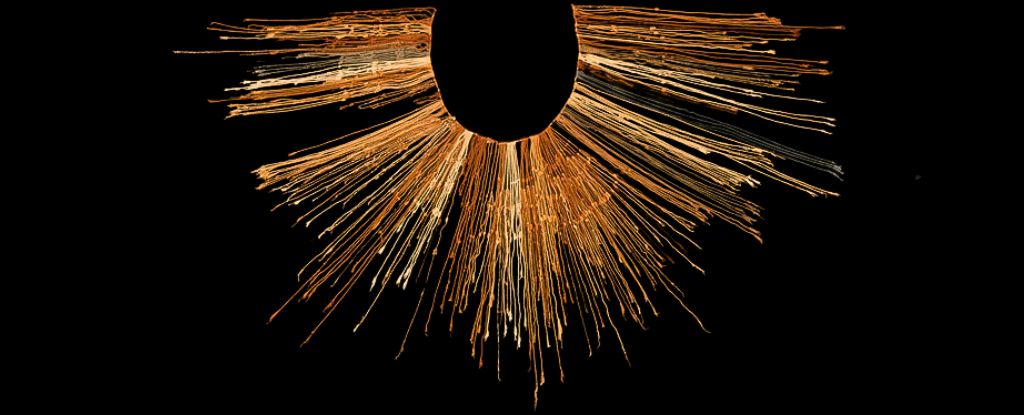
The discovery of new evidence suggests that the ancient Incan practice of creating khipus, a complex recording system using knotted cords, was not solely the domain of elite officials. A team of researchers, led by Sabine Hyland from the University of St Andrews, has uncovered indications that commoners also participated in khipu creation, expanding the understanding of khipu literacy in the Inca Empire (circa 1400-1532).
For centuries, it has been believed that only high-ranking bureaucrats were capable of producing these intricate records. Early chroniclers from colonial Spain described khipus as being exclusively crafted by individuals of high status, who were known to enjoy lavish lifestyles. The term for a khipu maker, khipu kamayuq, suggests a creator who infused the cords with their own essence, highlighting the importance of the maker’s identity.
New Findings Challenge Established Beliefs
Recent analyses conducted by Hyland’s team have revealed that khipus often included personal elements from their creators, such as locks of hair, which served as a form of signature. This practice aligns with Incan beliefs regarding the significance of hair, perceived as a representation of one’s identity. For instance, the first haircut of a child was a significant ritual, with the cut hair often offered to deities or preserved as a sacred item.
The researchers focused on evidence from the highland village of Jucul in Peru, where over 90 ancestral khipus are preserved. They found that human hair attached to these khipus indicated the individuals responsible for each section, reinforcing the notion that khipu literacy was more widespread than previously thought. This finding is particularly significant, as it suggests that the role of khipu makers extended beyond the elite.
Insights from Khipu KH0631
Among the khipus studied, one in particular, designated as KH0631, stood out due to its primary cord being composed entirely of human hair from a single individual. This is the first known instance of khipus being examined for human hair presence. The hair, measuring 104 centimeters, was folded and twisted, indicating a growth period of over eight years, during which it likely represented the maker’s authority and identity.
To learn more about the individual who created KH0631, the team conducted isotopic analyses on hair samples, which can reveal dietary information and geographical origins. The results indicated that the maker had a diet typical of low-status commoners, primarily consisting of tubers and greens, with limited meat or maize intake. This contrasts sharply with the diets of elite individuals, who were known to consume more meat and maize-based dishes.
Furthermore, isotopic analysis revealed that the person who made KH0631 likely lived in the highlands, at altitudes between 2,600 and 2,800 meters, in what is now southern Peru or northern Chile. This finding further supports the idea that khipu literacy and creation were not restricted to the elite class.
The implications of this research are profound. As Hyland notes, “Although other researchers have argued that only elite officials made khipus in the Inca Empire, our new evidence suggests that commoners made khipus too.” This revelation not only reshapes the narrative of Incan society but also highlights the potential for a more inclusive understanding of their record-keeping practices.
In conclusion, the findings from Hyland’s team challenge long-held assumptions about Inca khipus and their creators. By demonstrating that commoners played a role in this ancient literacy tradition, the research opens new avenues for understanding the complexities of Incan society and its approach to record-keeping.







